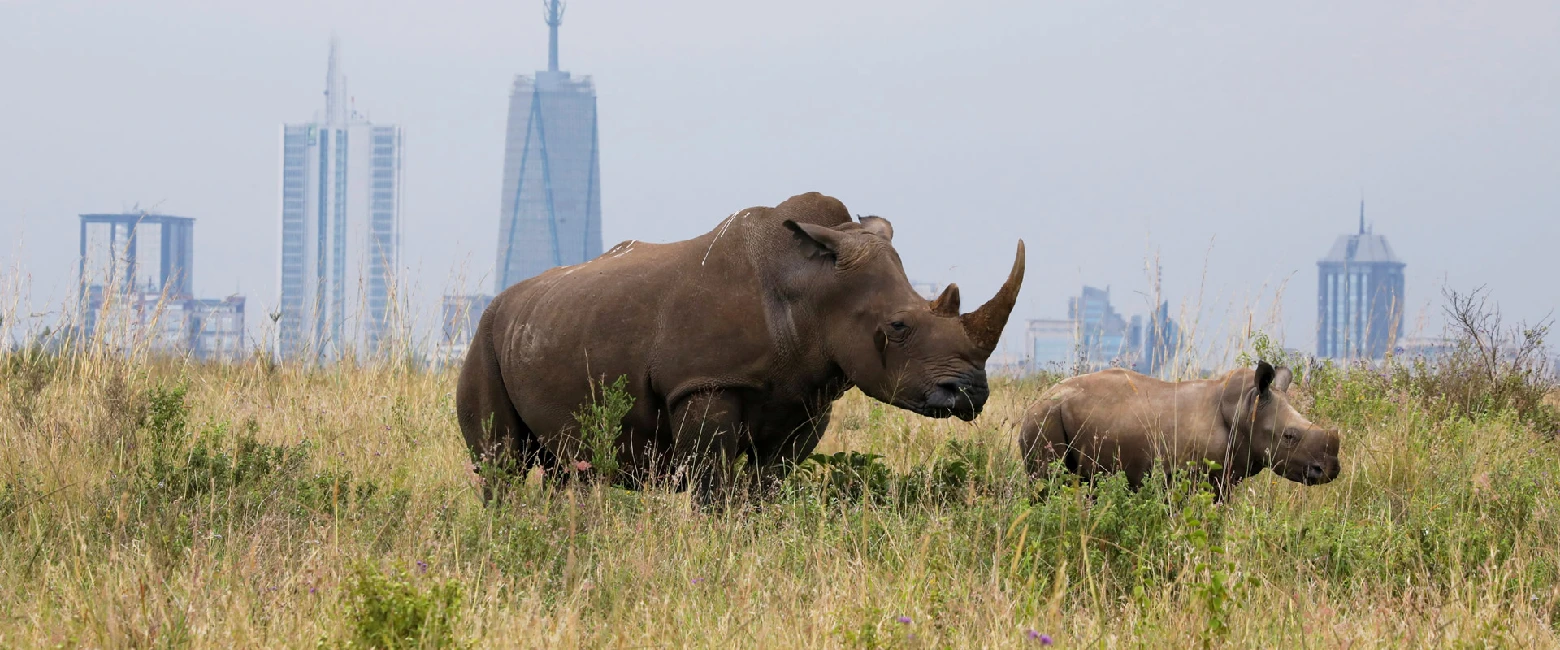
Nairobi National Park sits just seven kilometers south of downtown, making it the world’s only wildlife reserve brushing a modern capital.
Covering 117 square kilometers at roughly 1,700 meters elevation, its scenery shifts from dry acacia scrub to riverine woodland and rolling plains.
Despite its size, the park safeguards over one hundred mammal species, including lions, leopards, buffaloes, and Kenya’s most important black-rhino breeding population.
Seasonal wildebeest and zebra herds traverse open grasslands, while more than five hundred recorded bird species transform wetlands into a year-round avian sanctuary.
Visitors on Kenya Safaris enjoy classic game drives, hippo-pool walking trails, the ivory-burning monument, safari-walk boardwalks, and the renowned animal orphanage’s rehabilitation exhibits. Guided night drives in nearby conservancies reveal predators beneath city-lit skies.
These highlights reveal Nairobi National Park’s rare wildlife encounters, scenic backdrops, and authentic natural moments within Kenya’s most surprising urban wilderness.
Urban meets wild in Nairobi National Park. Safari drives, nature trails, and wildlife moments unfold just minutes from the city centre.
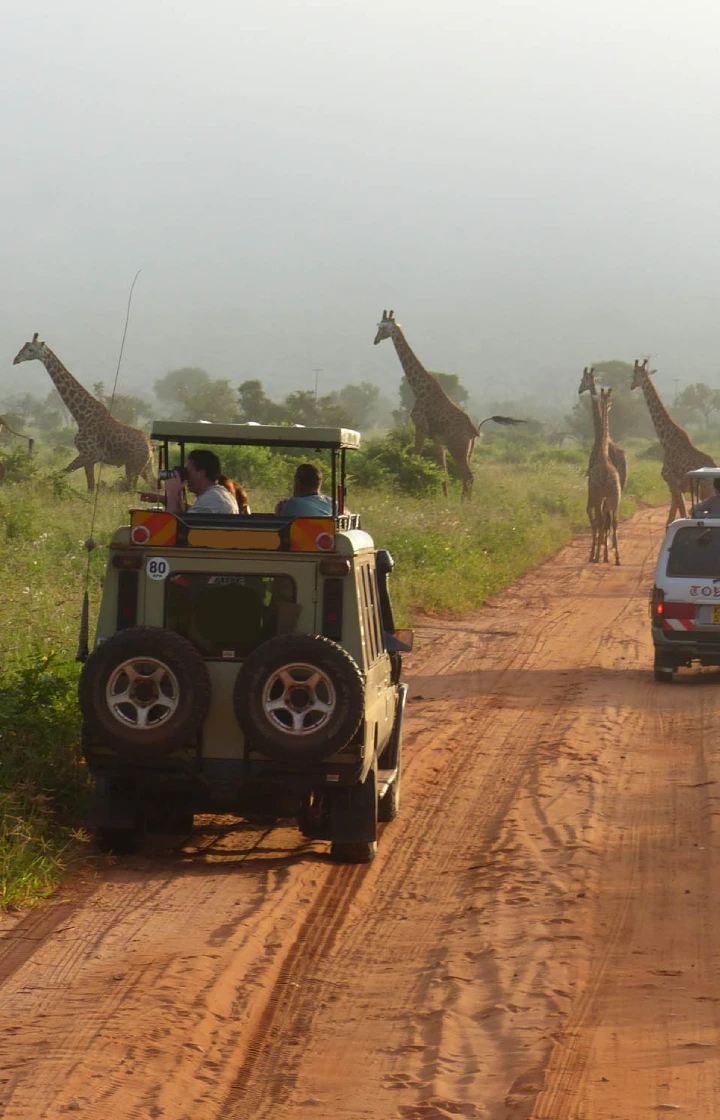
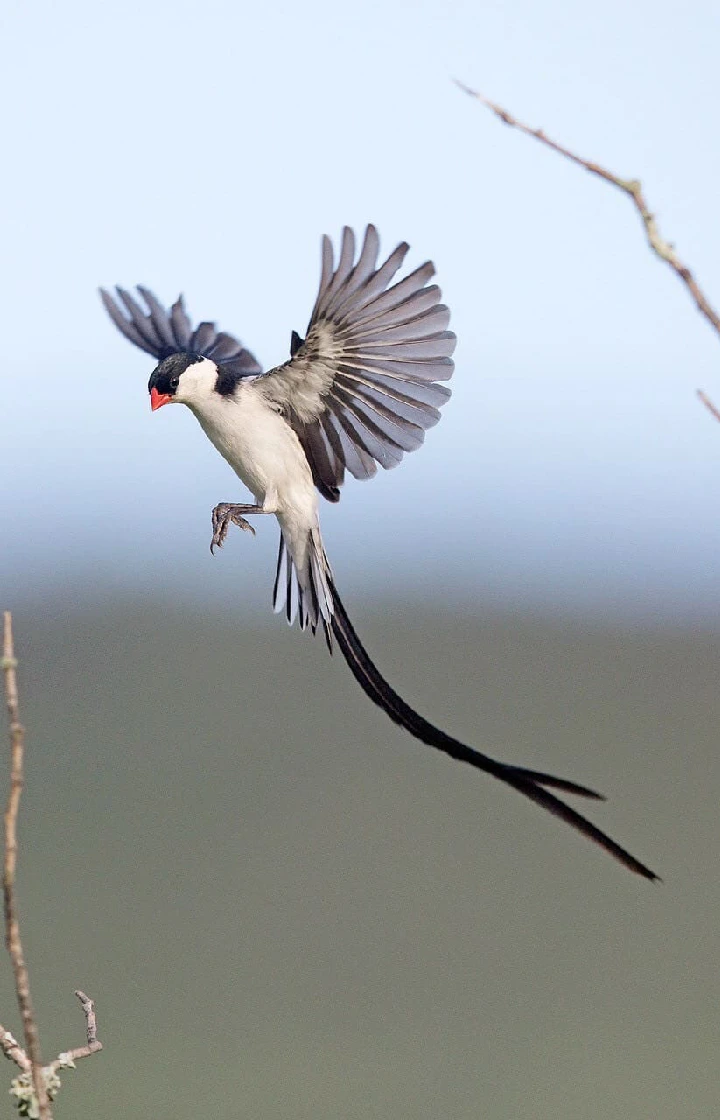
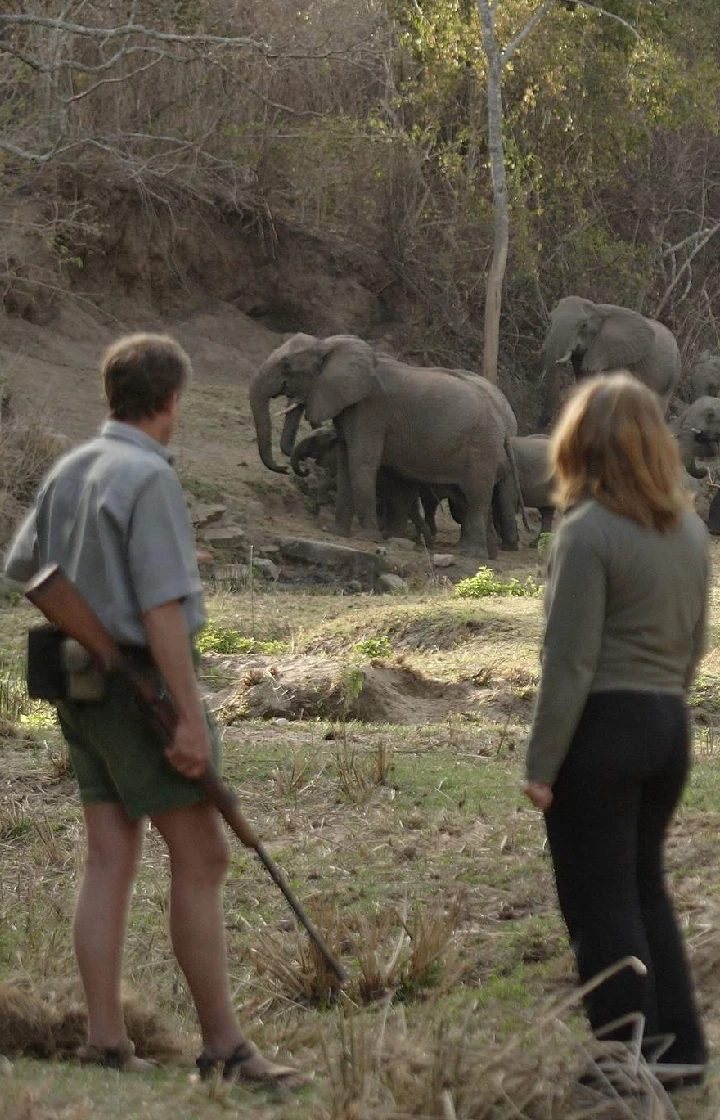
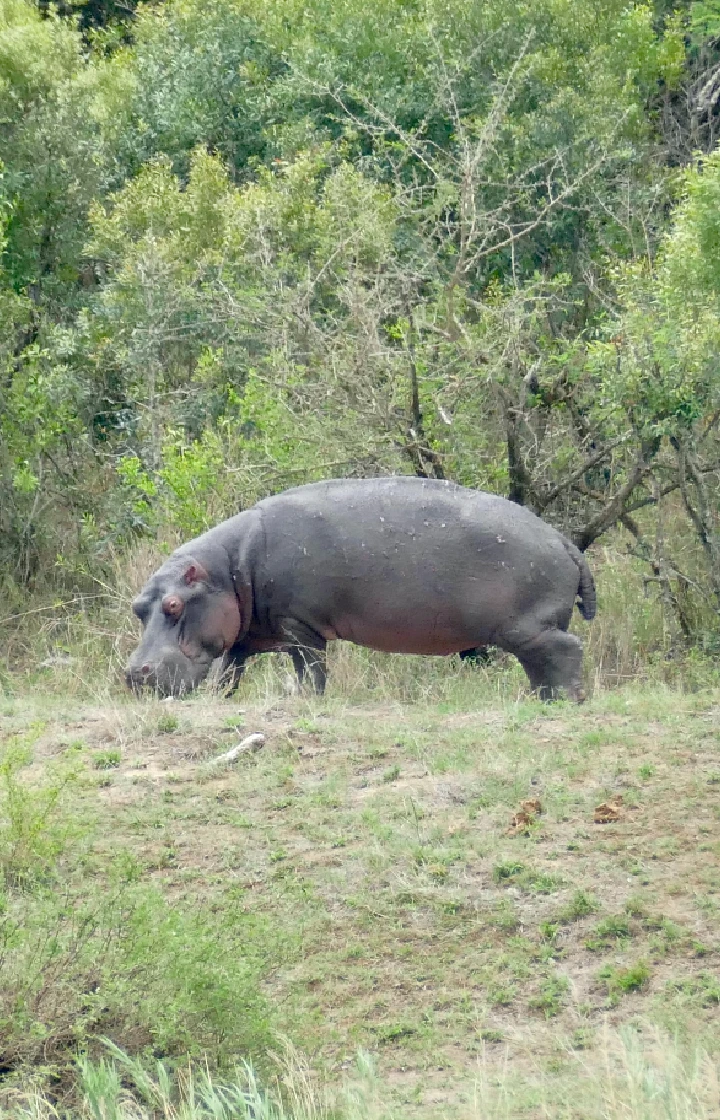
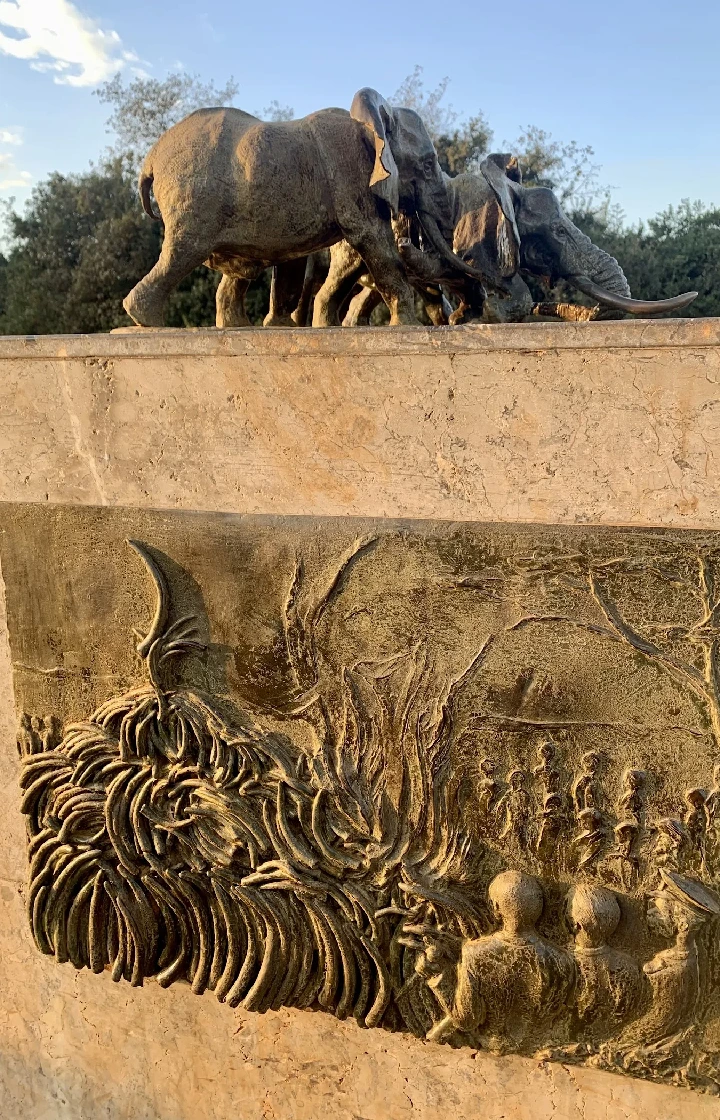
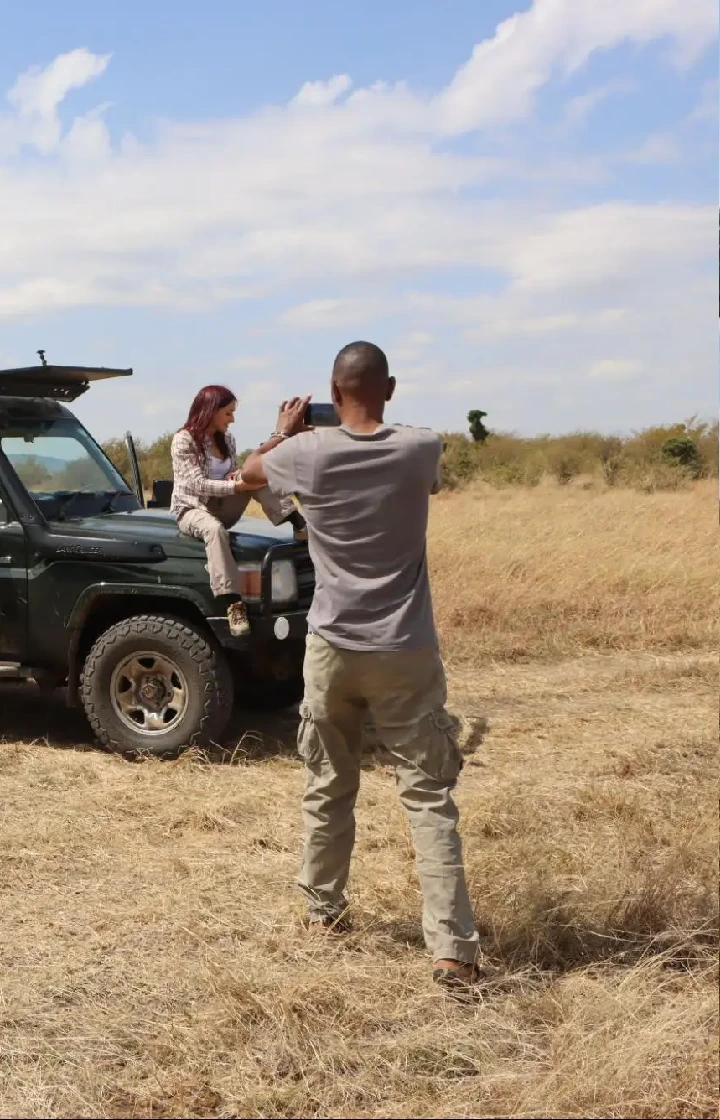
The best time to visit Nairobi National Park is June to October, during the Dry season, when wildlife viewing is at its best.
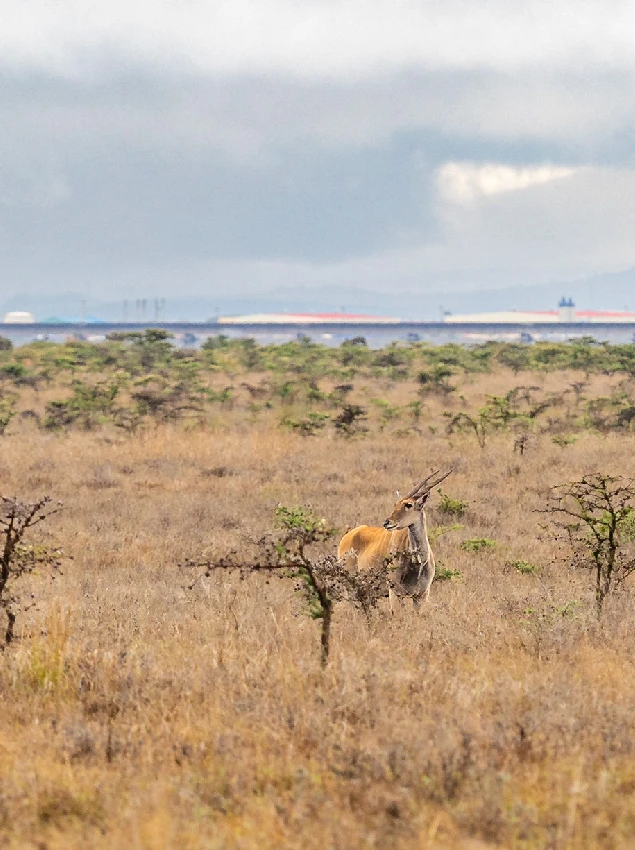
Dry Season (June to October)
This is the most popular time to visit. It rarely rains, and wildlife is easier to spot as vegetation thins. June through August are the coolest months, with pleasant afternoons around 23°C (73°F) and chilly mornings near 12°C (54°F). September and October are warmer, reaching 25°C (77°F), with rains possibly starting toward month-end.
Wet Season (November to May)
November & December bring the short rains, peaking in November, followed by fresher, cooler air.
January & February are relatively dry again, with temperatures around 26°C (79°F)—ideal for travel with greener views.
March to May sees the long rains, with April being the wettest. Roads may become muddy, though wildlife remains active.
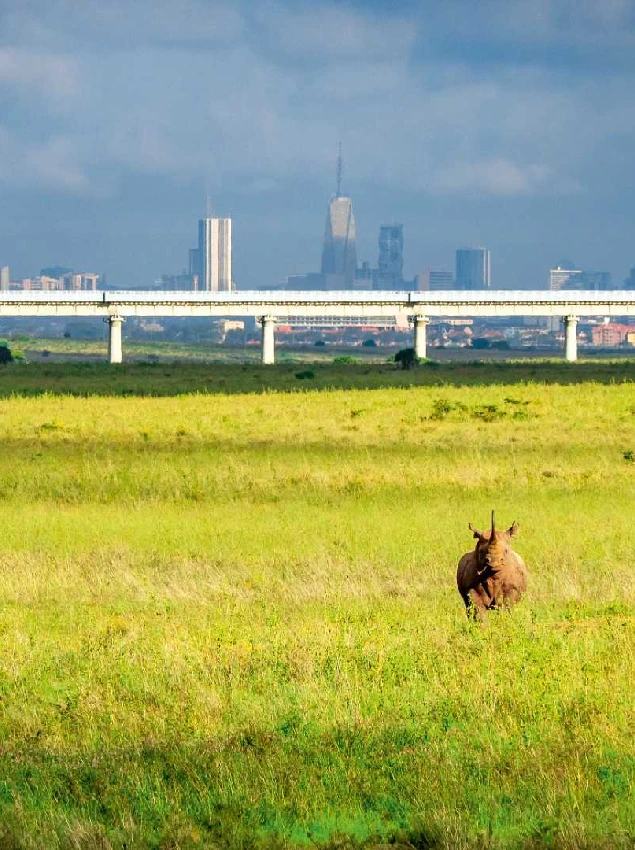
Stay close to wildlife without leaving the city. Nairobi National Park offers tented camps and luxury lodges both inside and just outside the park’s peaceful, scenic borders.
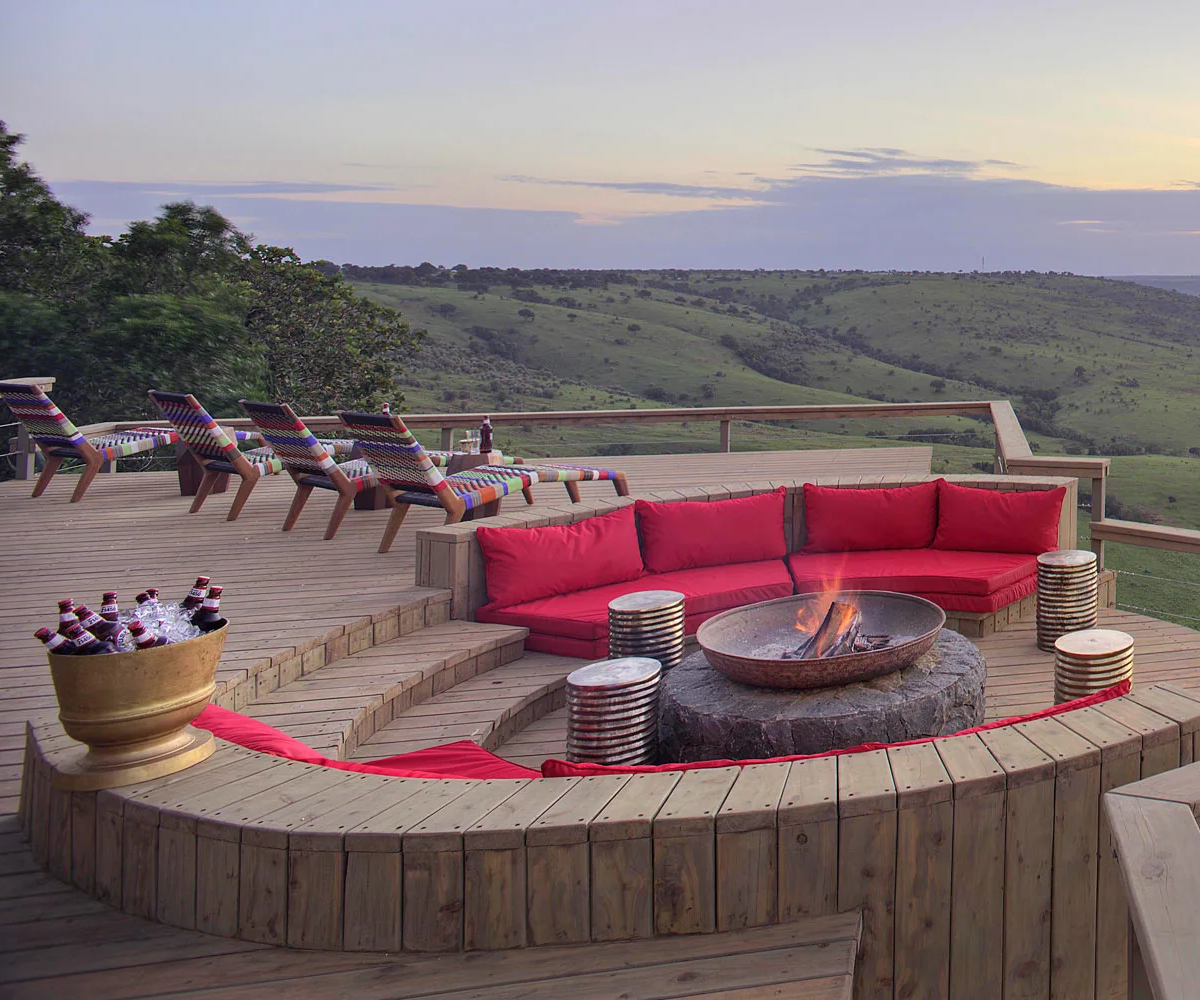
Kenya
Luxury Lodge

Kenya
Luxury Lodge
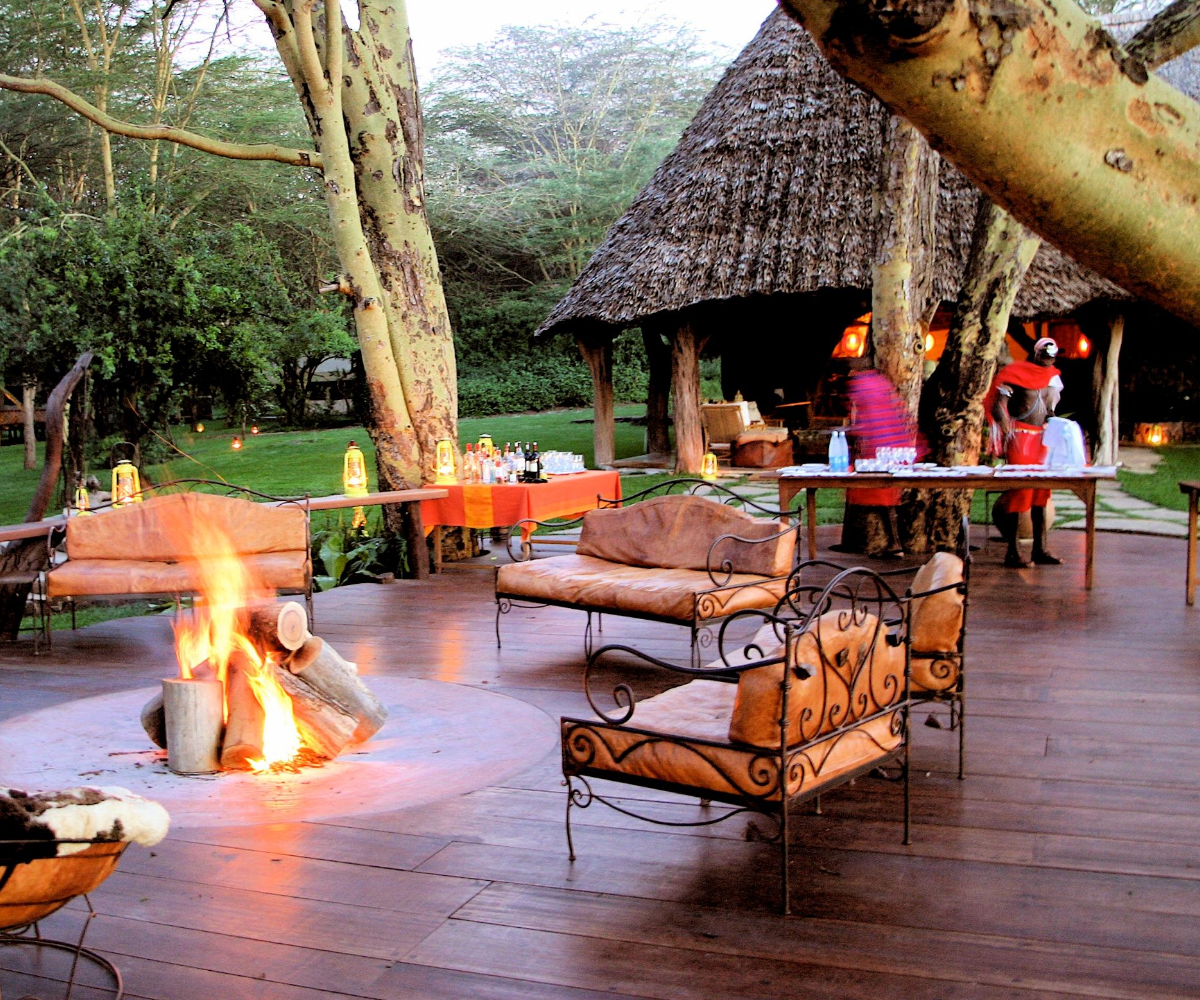
Kenya
Luxury Lodge

Giraffe

Buffalo

Zebra

Wildebeest

White Rhino
Nairobi National Park is just 7 kilometers south of Nairobi’s city center and easily accessible by road. International visitors arrive via Jomo Kenyatta International Airport, only 10 kilometers away. Those on multi-park safaris may connect through Wilson Airport via domestic charter flights. The park has seven gates—five accessible to the public, including Langata and Maasai Gates. Its proximity makes it ideal for short trips, day tours, or as a starting point for longer Kenyan safaris.
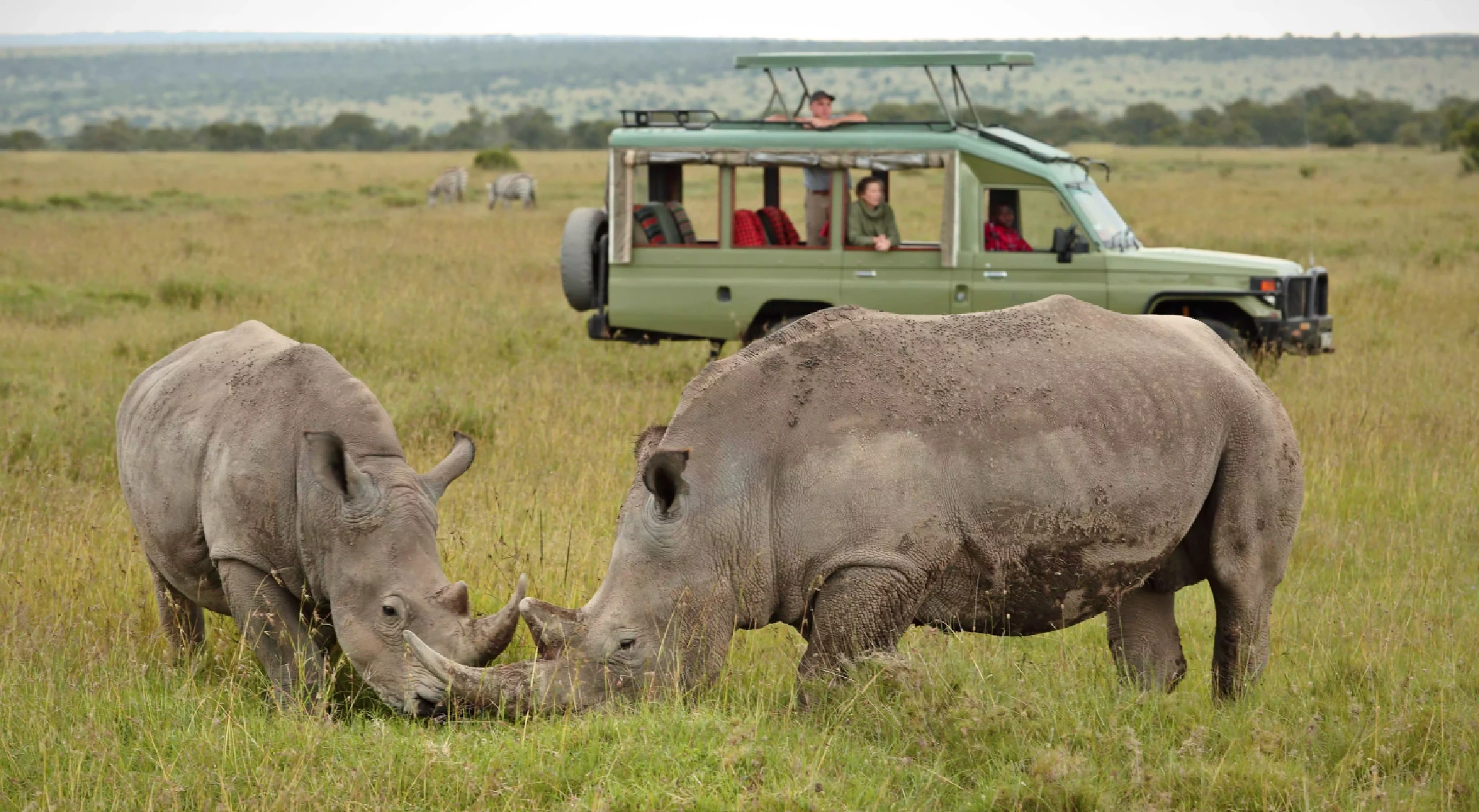
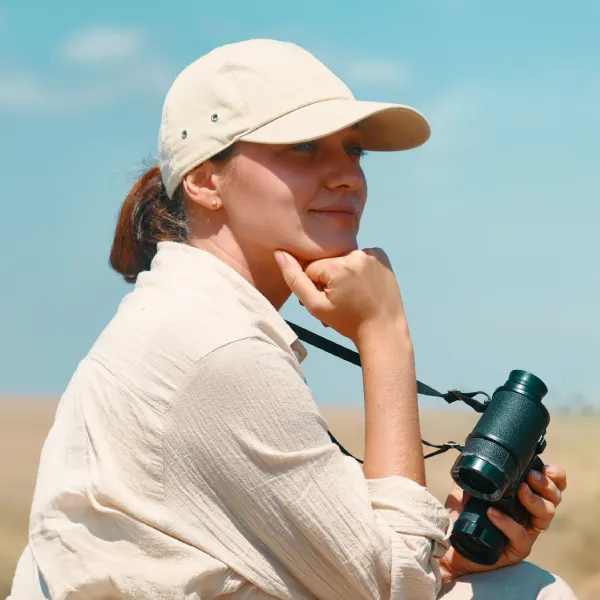

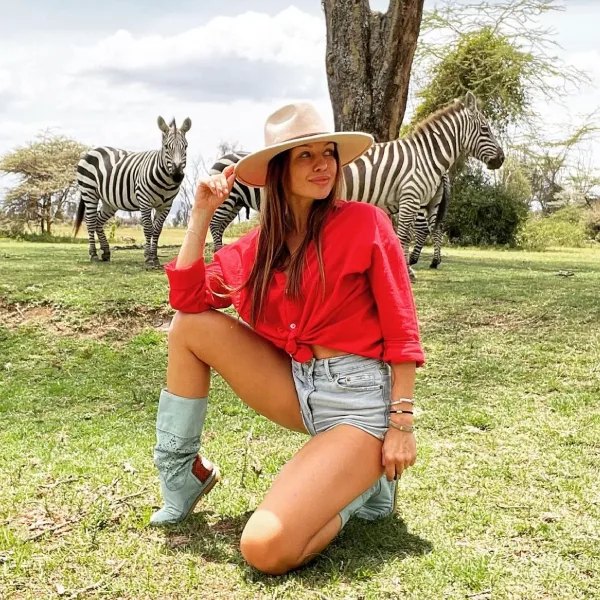

Melodica Africa Tours creates lasting change—supporting local communities, conserving wildlife, and protecting nature. Join us in travelling responsibly and making a meaningful difference with every unforgettable safari experience.
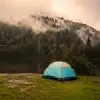
Feb 2025
The guide was absolutely fantastic. Emanuel was present answering questions and not least telling a lot like the animals.

Feb 2025
The guide was absolutely fantastic. Emanuel was present answering questions and not least telling a lot like the animals.
Talk to our friendly safari experts today. We’ll care, guide, and create a journey that’s perfectly tailored to your dreams—authentic, personal, and unforgettable.
Call us today from 9am
+254722626235
Managing Director

Sales & Reservations Manager

Tour Consultant